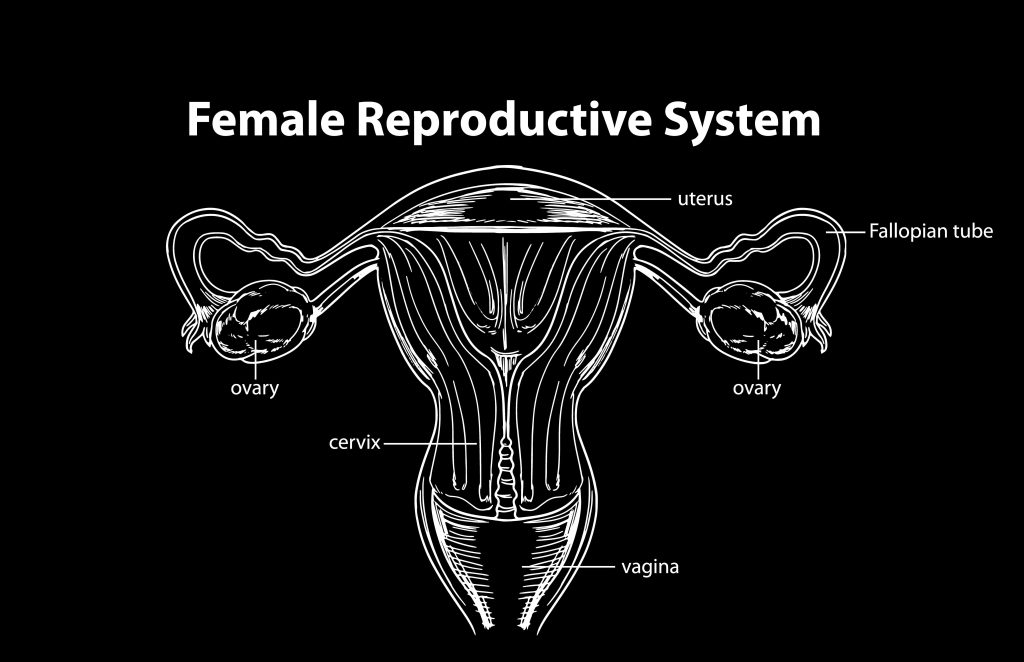5 Insights into the Critical Role of Cervical Length Assessment in Pregnancy
Cervical length measurement during pregnancy by ultrasound is a crucial screening tool for identifying women at risk of preterm delivery. This assessment involves measuring the length of the cervix, the lower part of the uterus that connects to the vagina. A shorter cervix indicates a higher likelihood of preterm birth.
Why is Cervical Length Measurement Important?
A shorter cervix is associated with an increased risk of preterm delivery, especially if it is less than 25 mm in length. Preterm birth is defined as delivery before 37 weeks of pregnancy and can have serious health consequences for both the mother and the baby.
When Should Cervical Length Measurement Be Performed?
The optimal time to perform this measurement is between 18 and 24 weeks of gestation. This is because the cervix is typically at its shortest during this period
How is Cervical Length Measurement Performed?
Cervical length is typically measured using a transvaginal ultrasound. During this procedure, a small ultrasound probe is inserted into the vagina to visualize the cervix and measure its length.
What are the Recommendations for Cervical Length Measurement?
The National Institute for Health and Care Excellence (NICE) and the British Medical Ultrasound Society (BMUS) have released guidelines on the best practice for cervical length measurement during pregnancy. These guidelines recommend the following:
- The optimal time to perform a cervical length measurement is between 18 and 24 weeks of gestation.
- Transvaginal ultrasound is the preferred method of measurement as it provides the most accurate results.
- The measurement should be taken with the patient in the lithotomy position, with an empty bladder.
- Three measurements should be taken, and the shortest length recorded.
- If the cervical length is 25 mm or less, a second measurement should be taken at least one week later to confirm the finding.
- If the cervical length is found to be less than 25 mm and the patient is at high risk of preterm delivery, they should be offered cervical cerclage or progesterone therapy to reduce the risk of preterm delivery.
- If the patient is found to have a cervical length of 15 mm or less, they should be offered cervical cerclage or progesterone therapy, regardless of their risk of preterm delivery.
- The cervical length measurement should be performed by a trained healthcare professional with appropriate experience and training in obstetric ultrasound.
What are the Next Steps if a Short Cervix is Detected?
If a short cervix is detected during the ultrasound, further interventions may be recommended to help reduce the risk of preterm delivery. These interventions may include:
- Cervical cerclage: This is a surgical procedure that involves stitching the cervix closed to help keep it from shortening and opening prematurely.
- Progesterone therapy: Progesterone is a hormone that helps to relax the muscles of the uterus and cervix. It is sometimes used to reduce the risk of preterm delivery in women with a short cervix.
- Bed rest: In some cases, bed rest may be recommended to help reduce the risk of preterm delivery.
Additional Considerations
Cervical fibroids
Cervical fibroids are noncancerous tumours that grow on or in the wall of the uterus. They can sometimes be detected during cervical length measurement using transvaginal ultrasound. Cervical fibroids can sometimes cause problems with pregnancy, such as preterm birth, miscarriage, and pain.
Low-lying placenta
A low-lying placenta is a placenta that is attached to the lower part of the uterus, close to the cervix. It can sometimes be detected during cervical length measurement using transvaginal ultrasound. A low-lying placenta can sometimes cause problems with pregnancy, such as preterm birth, bleeding, and pain.
In summary, cervical length measurement during pregnancy is an important tool for identifying women at risk of preterm delivery. Detecting a short cervix allows for appropriate interventions to be implemented, which can reduce the risk of preterm delivery. By combining cervical length measurement with ultrasound to check for cervical fibroids and low-lying placenta, healthcare providers can get a more comprehensive picture of the pregnancy and identify any potential complications early on. This can help ensure the best possible outcomes for both the mother and the baby.

